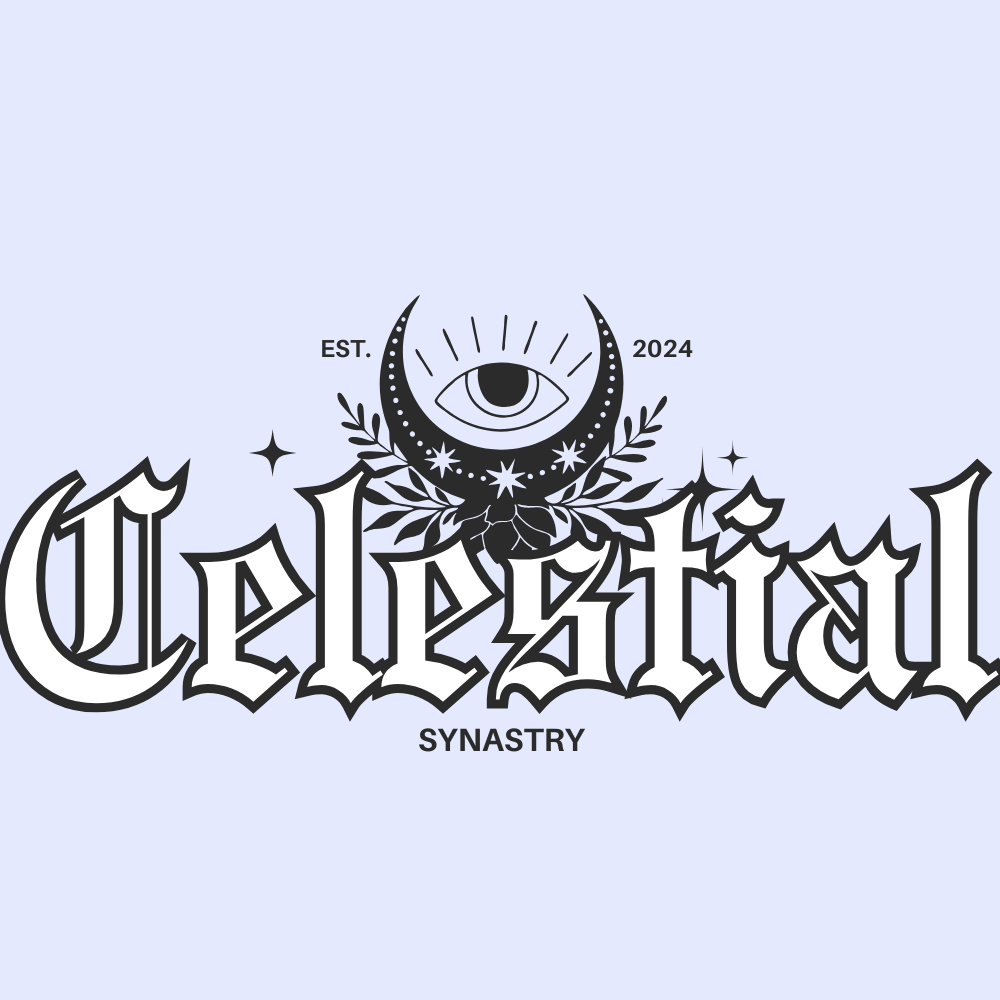What is a Natal Chart?
Pictured: Prince Iskander’s Natal Chart, ~1411, Iran
Put simply: the natal chart is a map of the sky at the moment you were born.
Fun fact: the word horoscope means the “scope” of the “horo”: the view of the sky.
The natal horoscope has a few different names: the individual horoscope, the nativity, the genethliacal chart, the natal chart, the birth chart. Most often, it’s simply called “your chart”, and what it represents is a geocentric map of our solar system at the moment of your birth. Want a natal reading? Book one with me!
To quote author and poet Louis MacNiece:
“A horoscope consists of a geocentric map of the solar system at a given moment of time. On this map the positions of the Sun, Moon and the other eight planets are aclculated in relation to the signs of the Zodiac. The Zodiac is an imaginary band of sky representing the Sun’s annual path through the fixed stars. (The Sun’s apparent “movement” along this path is of course, produced by the earth’s own annual orbit around the Sun.) With the exception of Pluto, all the planets also appear to move around the earth within this band of sky . . .
The individual horoscope . . . takes into account the exact geographical position (latitude and longitude) of the individual’s birthplace. The individual for whom a horoscope is cast is usually called a “native”. These, then are the essential data that the astrologer must have to cast a horoscope: date of birth, accurate time of birth, place of birth. With these the astrologer sets out to compute the native’s ascendant and its related medium coeli.”
The reason having an accurate time and place of birth is so important is because the astrologer needs it to determine size and division of your chart’s houses. Houses are the 12 “slices” you see dividing up every circle chart, which each correspond to a particular area of life. Then, the astrologer can see which Zodiac signs rule those houses, and which planets or luminaries are in those houses. With that information, as well as the angles formed between planets, sun, and moon, the astrologer can then get a pretty solid understanding of the native’s personality, potential, and the overall trajectory of their life’s journey.
The circular natal chart can be overwhelming to a beginner, but with a little practice you can glean much more information at a glance from a circle chart than from any list of placements and angles, a la apps like CoStar. My advice is to practice as much as you possibly can, look up everything - and READ. My favorite book for beginner astrologers is the Chart Interpretation Handbook by Stephen Arroyo - it’s a great baseline once you know the absolute basics. Other fantastic supplemental reading: Planets in Transit by Robert Hand. But most of this won’t mean anything until you’ve got a natal chart to look at. So…
Create your chart!
As Stephen Arroyo says, “Astrology shines a light where before there was darkness and confusion . . . Astrology can illuminate only if the astrologer is capable of focusing that light! Otherwise the light is scattered and thus diffuse and faint. The brilliant light of understanding that the remarkable symbols of this cosmic language can reflect can be distorted or lost if the person using astrology is not a clear, sharp lens.” That’s why it’s important to educate yourself, read, and ask lots of questions. And - if you want the most accurate information, get a reading from a reputable astrologer.

